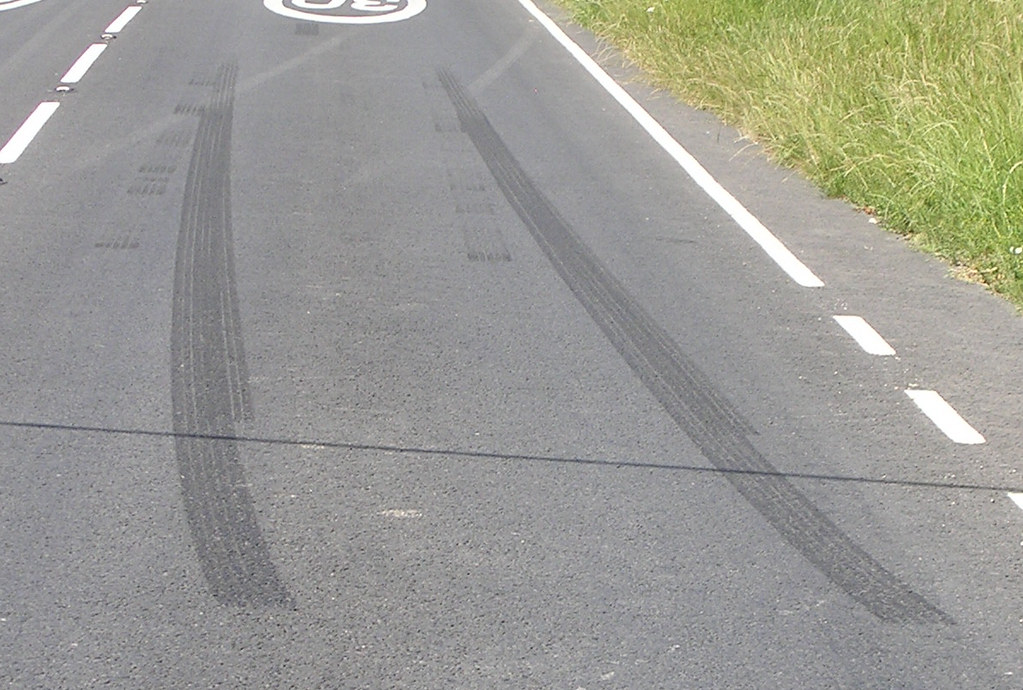Summary
– What is the ABS?
– ABS: how it works
– Causes of the ABS warning light coming on
An illuminated lamp is never an excellent sign. But what does it mean when the light with ABS in the middle stays on as an orange? This post brings the answers below.
What is ABS?
The ABS (Anti Blocking System) is a device that prevents the wheels from locking under braking.
It is composed of:
– a hydraulic block consisting of solenoid valves that will manage the pressure on each wheel;
– an electronic calculator, integrated into the hydraulic block, which is the brain that will receive information from the sensors and manage the actuators, as well as the ABS warning light;
– wheel sensors whose role is to measure the speed of each wheel.
Good to know: the actuators are the elements electrically controlled by the ECU (solenoid valves, motors…).
ABS: operation

Let’s take the example of hard braking on a wet road:
– First phase: an incipient wheel lock is detected by the wheel sensors (by analyzing each wheel’s speeds).
– Second phase: the computer, having received the sensors’ information, will independently manage braking on each wheel via the hydraulic block and its solenoid valves (one per wheel). The wheels concerned’ solenoid valves will isolate their circuit from the pressure of the brake pedal and gradually release the residual pressure on the wheel side, thus avoiding blockage.
– Third phase: once the wheel(s) regain their rotation speed, the computer controls a pump internal to the hydraulic block to recreate braking pressure on its wheels so that they brake again until a new brake primer is applied. This operation is repeated until the driver has finished braking (the pump’s function is also to prevent the brake pedal from being depressed when reapplying pressure).
Causes of ABS warning light illumination
If the light comes on, it is related to a malfunction of the ABS. It results in the frequent stopping of the function.
One of the leading causes is the malfunction of one or more wheel sensors:
-
A diagnostic device or an oscilloscope can control the inductive or magnetoresistive type sensors.
-
It can also only be a line fault (short circuit or beam break – connection fault), easily checked with a multimeter in the ohmmeter function.
– The replacement cost of a sensor is around $30 to $40.
Another cause is the malfunction of the entire hydraulic block. Identified by the information provided by the diagnostic unit, several options are possible:
– The hydraulic block or the ABS computer are involved: in both cases; the result is the same: replacement of the block/calculator assembly (from $1,500 to $3,000).
– Power failure: Rest assured, before replacing the hydraulic unit/computer assembly, precise controls can save your money.
Control the ECU power supplies, carried out by a professional or yourself if you master electricity basics. If you are provided with the technical documentation and the corresponding electrical diagrams, it will allow you to establish a precise diagnosis.
This involves checking the presence of the positive and negative power supplies at the pin-outs of your computer. The operation may reveal a defective fuse or relay (from $0.50 to $15).
Please note: whatever the defect, when the light comes on, the ABS is disabled, so for your safety, don’t neglect this information and have your vehicle checked quickly.
That’s it. Now you know why your ABS light remains on, so when the mechanic starts talking about the ABS issue, you’ll know what he is talking about.

